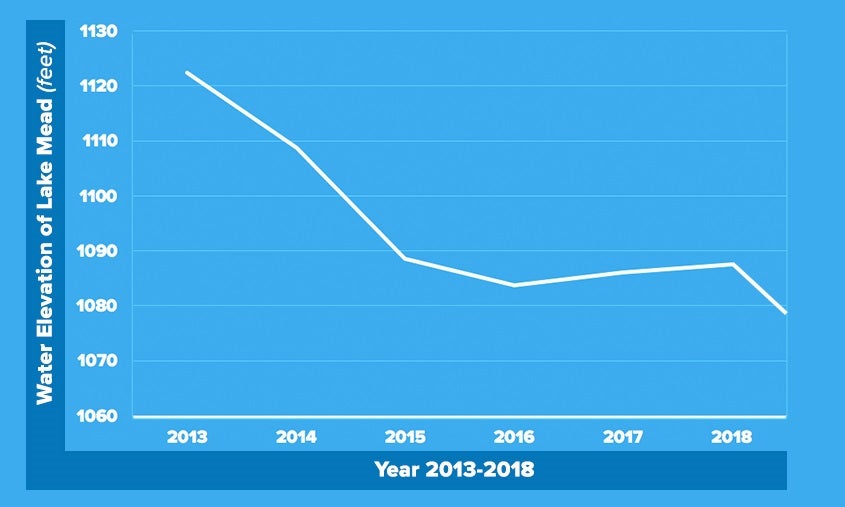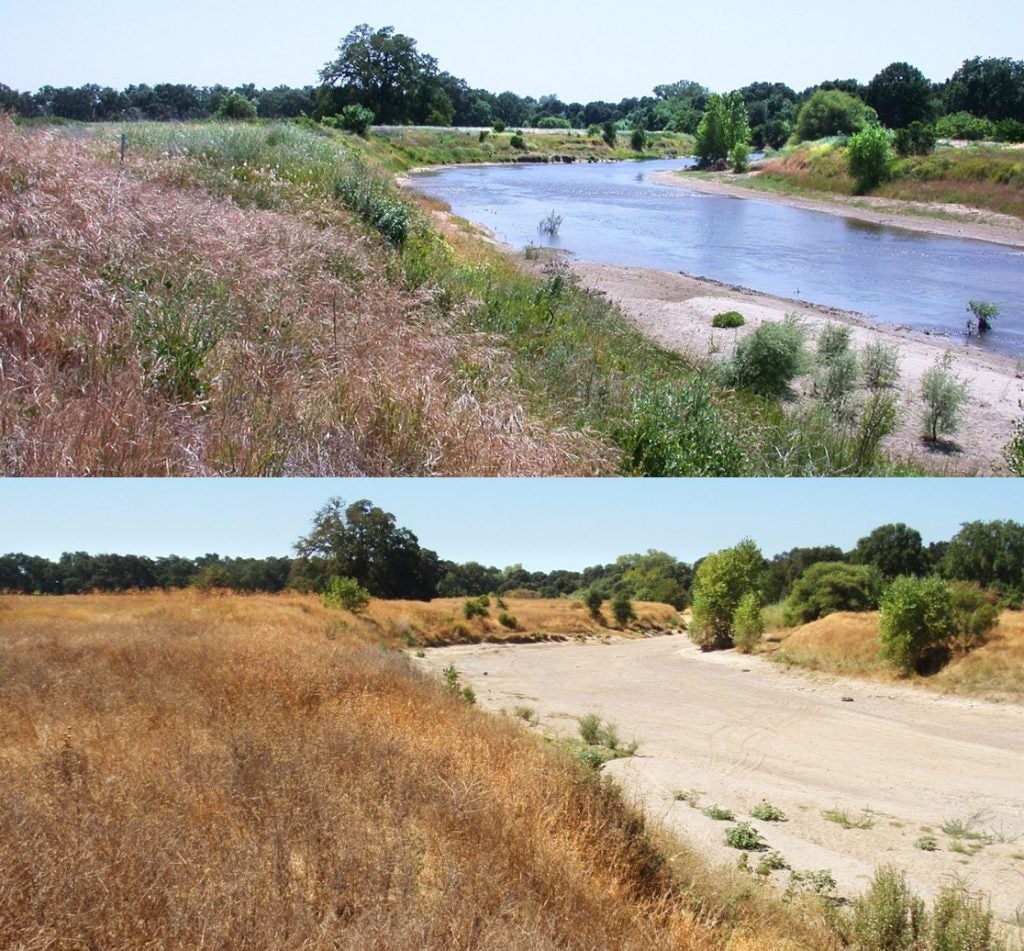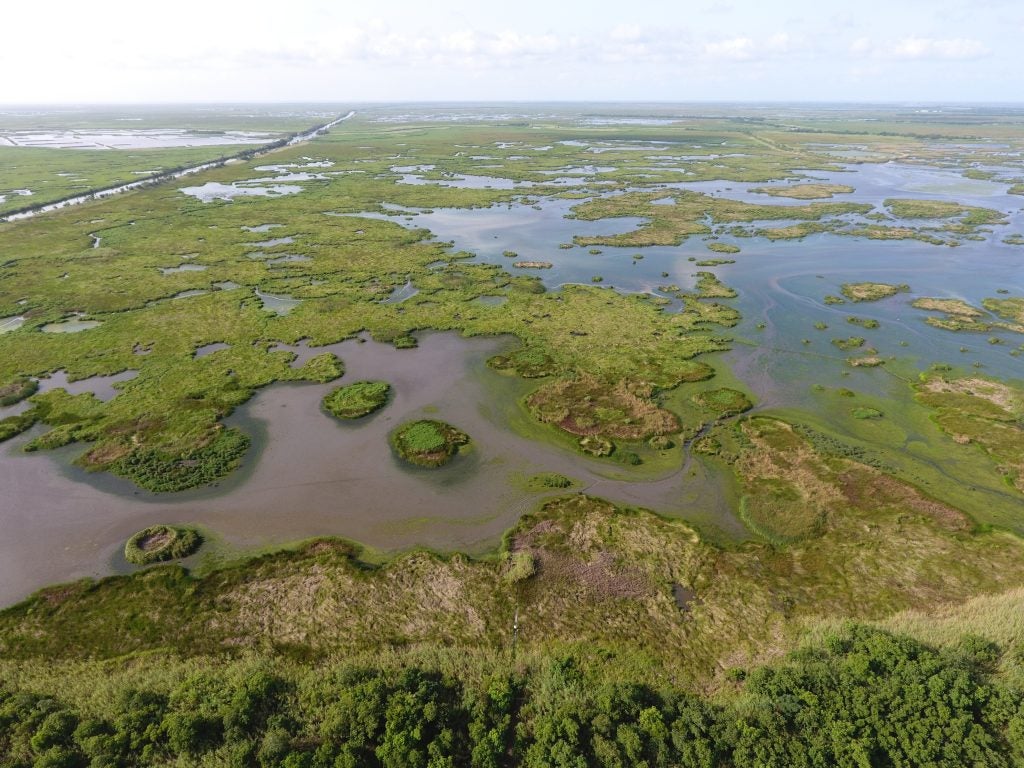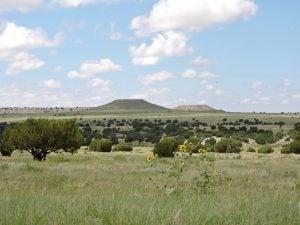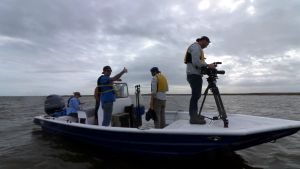Lake Mead water users this week learned we once again narrowly avoided water cutbacks by the skin of our teeth.
A 24-month projection released Wednesday by the U.S. Bureau of Reclamation shows we skirted federal mandatory water cuts for now, but prospects for 2020 do not look good. The forecast found Lake Mead water levels will end this month at 1,079 feet – a mere four feet away from the 1,075-feet threshold that would trigger a federal shortage declaration and mandatory cuts.
The report predicted Lake Mead will dip just below the threshold to 1,075 feet as early as May 2019 – in nine months. At the beginning of 2020, Lake Mead levels are predicted to be at approximately 1,070 feet and then predicted to fall to as low as 1,053 feet in the summer of 2020.
An official shortage declaration has been staved off until at least August 2019. That’s when the next key projection comes out, for January 1, 2020.










